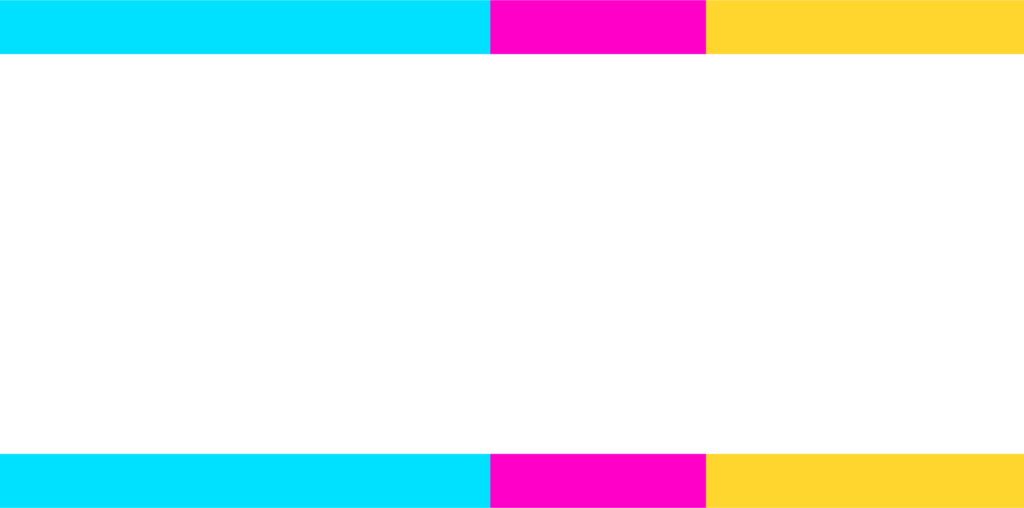Now that the election is over, we have an answer on the Students Come First laws. Hopefully we will see a renewed commitment to collaboration among the various stakeholders in this most important of our state’s responsibilities.
Two critically important issues need to be factored into this discussion: How much of our financial resources are we devoting to the education of our children; and how are we allocating those resources among those children?
To answer the first question, Idaho is spending less and less on public education. After decades of stable funding at roughly 4.4 percent of Idaho’s personal income, since fiscal year 2000 Idaho has been devoting progressively fewer resources to its public schools — down to just 3.5 percent of Idaho’s personal income in fiscal year 2013. That’s a 20 percent decline in our effort level. It’s also a factor in Idaho’s decline from 48th among states in spending per student in fiscal year 2000 to 50th in 2010.
To answer the second question, Idaho’s spending on public education is becoming more unequal. In 2006 the Idaho Legislature changed the funding sources for public schools. An equalized property tax levy of 0.3 percent was eliminated, and the Idaho sales tax was increased from 5 percent to 6 percent to bolster the general fund. In theory, the state general fund would now cover the entire cost of a “general, uniform and thorough system of public, free common schools.” Reality is turning out to be much different.
Since the 2006 funding swap, Idaho’s school districts have dramatically increased their reliance on property taxes. In 2012 voter-approved, unequalized supplemental levies have increased from $140 million to $169 million, a 20 percent increase. The problem is property tax capacity per student varies widely across Idaho’s school districts.
At the extremes, in fiscal year 2010 property values varied from $4.696 million per student in the McCall-Donnelly school district, to just $153,437 per student in the Snake River school district. A levy of 0.1 percent ($100 per $100,000 of taxable value) would raise $4,696 per student in McCall-Donnelly, while the exact same levy would raise just $153 per student in Snake River.
Snake River had no property tax levy. It got by with strictly its state allocation of just $5,362 per student. McCall-Donnelly did have a property tax levy (of 0.142 percent) that produced an additional $6,657 per student, giving it a total of $13,208 to spend per student.
Among Idaho’s largest school districts, the variations are not as dramatic, but no less meaningful. Coeur d’Alene had $889,772 in taxable value per student versus just $261,037 per student in Pocatello. Coeur d’Alene actually levied 0.092 percent and raised $820 per student from the property tax. Pocatello actually levied at over twice the rate of Coeur d’Alene (0.199 percent), but raised less than two-thirds the revenue ($519 per student) from the property tax.
The widest funding disparity among Idaho’s largest school districts comes more from the willingness of the district’s patrons to tax themselves. Boise had $713,400 in taxable value per student versus $284,477 in Nampa. Boise levied at a rate of 0.428 percent, while Nampa levied only 0.039 percent. Boise had $3,053 in additional funds per student from the property tax, while Nampa had only $110 in additional funds per student from the property tax.
These are just a few examples of the wide variations in resources available to Idaho school children. The details change from year to year, but the disparities don’t. They remain enormous.
So ask yourself this: If the Idaho Constitution places a duty on the Legislature “…to establish and maintain a general, uniform and thorough system of public, free common schools” (and it does, in Article 9, Section 1), how’s that going? My answer is not so well.
Michael Ferguson, a former state economist, is director of the Idaho Center for Fiscal Policy.


